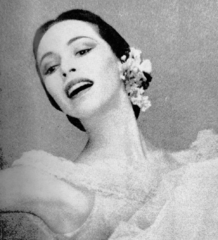 Maria Tallchief, the muse of celebrated choreographer George Balanchine and fantastic ballerina died on April 11th 2013, aged 88. She became one the most brilliant American ballerinas of the 20th century, and was even one of Balanchine’s wives, securely marking her place in modern ballet history.
Maria Tallchief, the muse of celebrated choreographer George Balanchine and fantastic ballerina died on April 11th 2013, aged 88. She became one the most brilliant American ballerinas of the 20th century, and was even one of Balanchine’s wives, securely marking her place in modern ballet history.
Tallchief was renowned for her work with Balanchine’s New York City Ballet, dazzling audiences with her speed, energy and fire. Her stepping stone into fame took place in 1949, in which Tallchief danced the title role in the company’s version of Stravinsky’s Firebird, which was one of many roles that Balanchine created for her during their time together. Many dance fans from world-over may compare Tallchief to British ballerina Margot Fonteyn, each the epitome of their country’s work in the arts.
Tallchief began ballet lessons in Colorado Springs and later took classes in Los Angeles, and from then on a star began its journey into American dance, becoming known worldwide. At 12 years old she began studying with Bronislava Nijinska, a former choreographer for Diaghilev’s Ballets Russes, formidable but encouraging. From then on Tallchief began dancing roles cast to her by Nijinska, and Agnes de Mille, who later encouraged Tallchief to adopt her name by which she is known.
By 1944 Tallchief had danced mostly with the Ballet Russe de Monte Carlo, but this marked the year that she danced in a Broadway musical choreographed by Balanchine. Balanchine went on to remain resident choreographer for the company, casting Tallchief in works such as Danses Concertantes, Le Bourgeois Gentilhomme, Ballet Imperial and Le Baiser de la Fee. Balanchine paid close attention to Tallchief, and in return she admired him as a choreographic genius, marrying him in 1946 but then divorcing him in 1950.
Balanchine went on to create his own ballet company, which Tallchief went on to be one of its acclaimed stars in roles in ballets such as Swan Lake, Nutcracker and Orpheus, the first performance taking place in 1948, and her last in 1965.
Image courtesy of Wikimedia Commons.

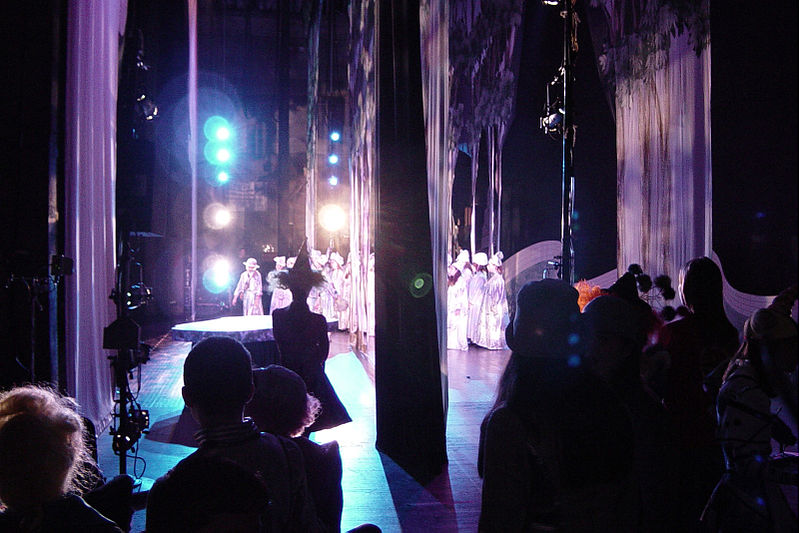 Stuck for some ideas for a theme for your next dance performance? Below is a list that might help to give you some inspiration!
Stuck for some ideas for a theme for your next dance performance? Below is a list that might help to give you some inspiration!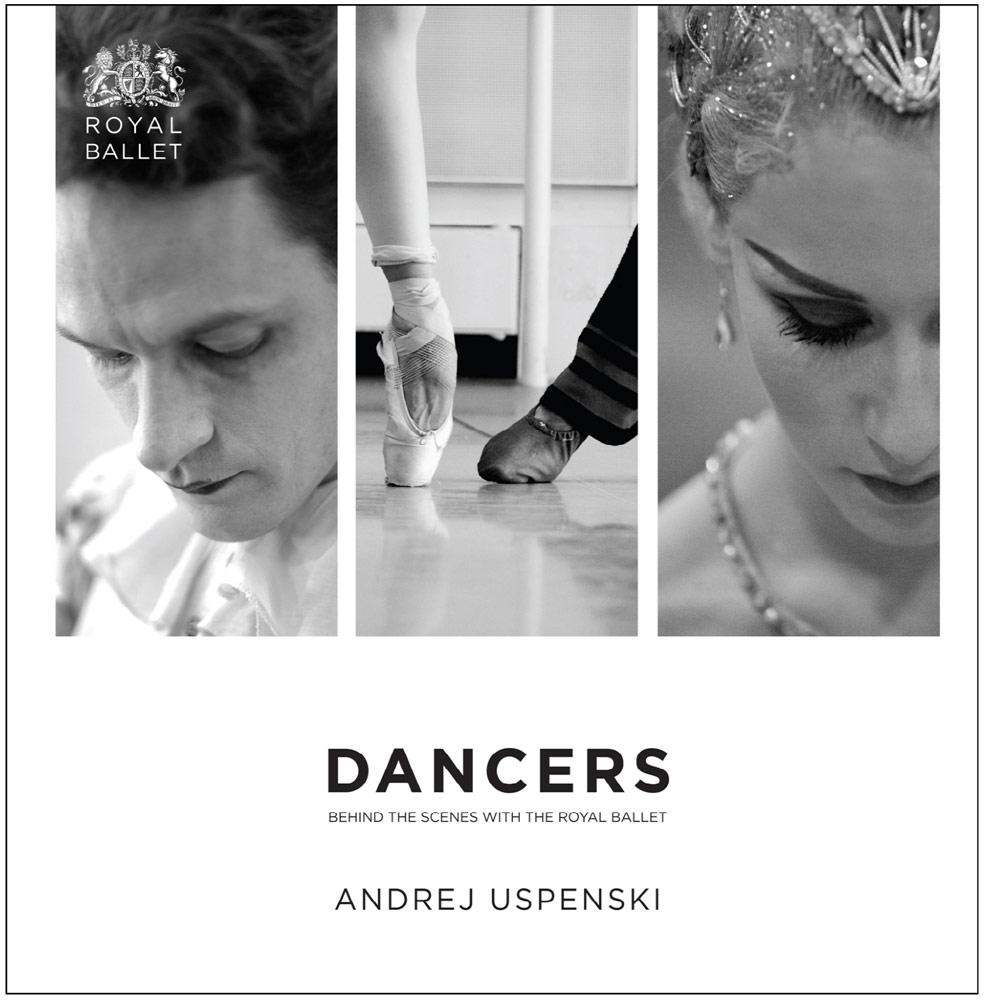 The 1st April 2013 saw the release of
The 1st April 2013 saw the release of 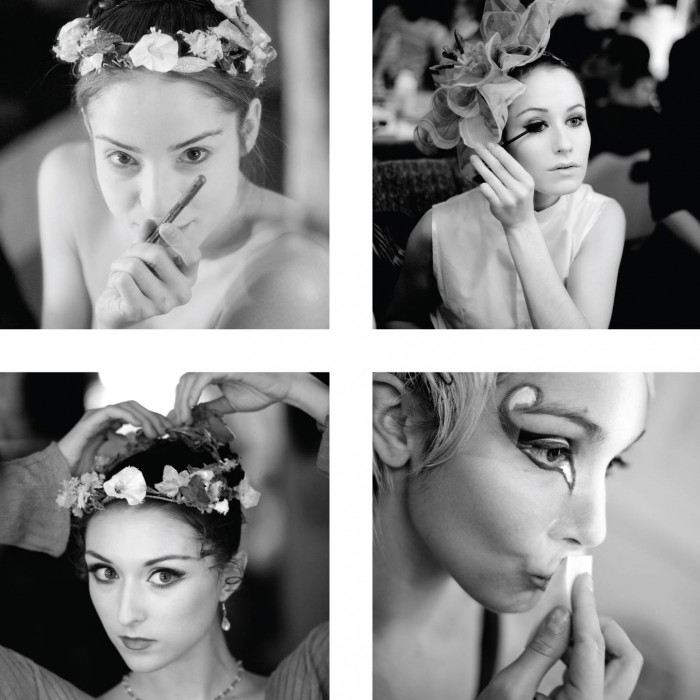 This exclusive view means we get to see behind the scenes at one of the world’s most prestigious companies, from rehearsals to opening night, through some truly breathtaking photographs.
This exclusive view means we get to see behind the scenes at one of the world’s most prestigious companies, from rehearsals to opening night, through some truly breathtaking photographs.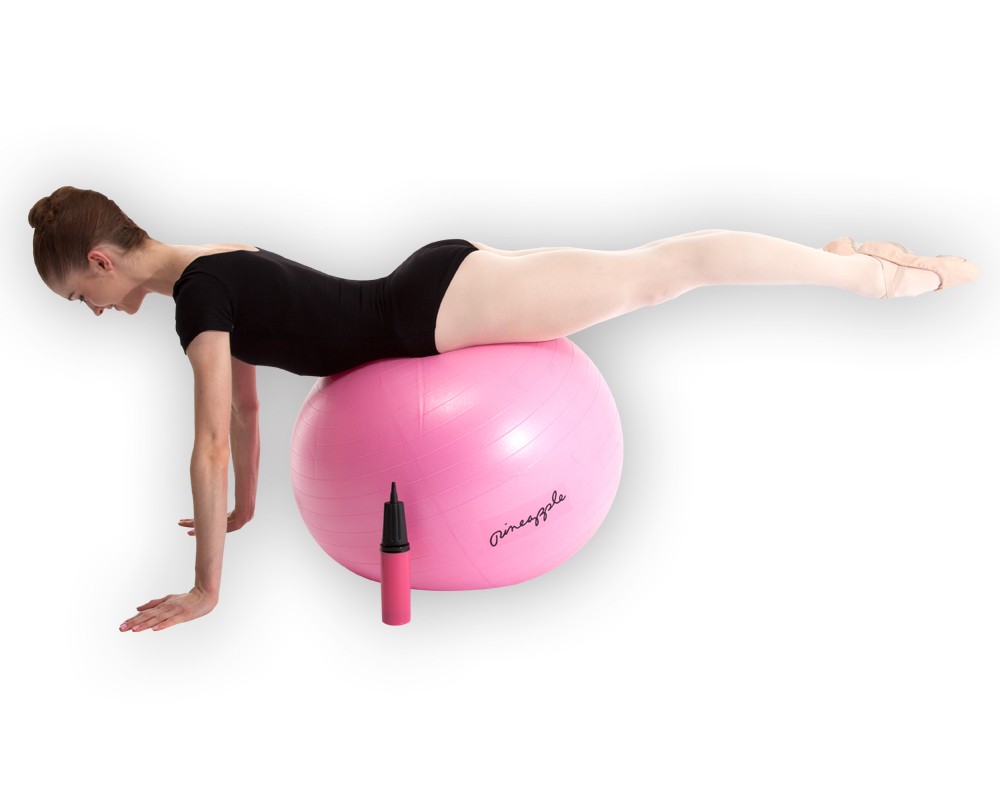 Swiss balls, known by a number of different names, are large, heavy-duty inflatable balls used for aiding core strength in dance technique. The balls offer a fun, safe and highly effective way to exercise, and are relatively inexpensive compared to other exercise equipment. Stocked by Dance Direct, for example, the Pineapple ball is burst resistant, and works to keep the entire body in shape, targeting all the major muscle groups and supporting dance work.
Swiss balls, known by a number of different names, are large, heavy-duty inflatable balls used for aiding core strength in dance technique. The balls offer a fun, safe and highly effective way to exercise, and are relatively inexpensive compared to other exercise equipment. Stocked by Dance Direct, for example, the Pineapple ball is burst resistant, and works to keep the entire body in shape, targeting all the major muscle groups and supporting dance work.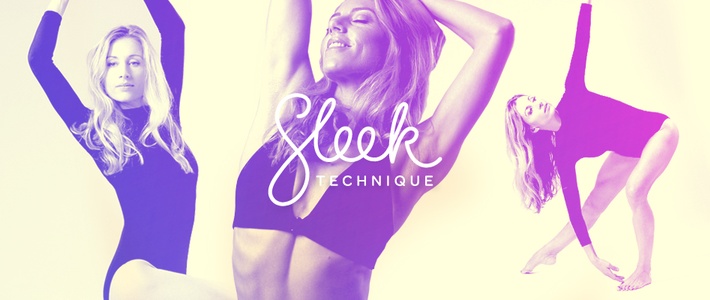
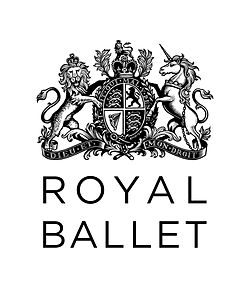
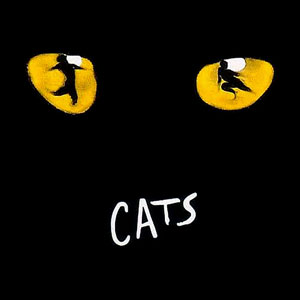 Since Cats the musical opened on the West End stage in 1981 it has become one of the world’s best known and best loved musicals. Originally directed by Trevor Nunn, the show has since been presented in over 20 countries and in around 250 cities, including diverse destinations such as Buenos Aires, Seoul, Helsinki and Singapore, and has been translated into 10 languages for audiences all over the world. The show has translated into Japanese, German, (three versions for Germany, Austria and Switzerland), Hungarian, Norwegian, Finnish, Dutch, Swedish, French, Spanish (two versions for Mexico and Argentina) and Italian, with the Swiss production requiring a bilingual cast who performed in German and English on alternate nights
Since Cats the musical opened on the West End stage in 1981 it has become one of the world’s best known and best loved musicals. Originally directed by Trevor Nunn, the show has since been presented in over 20 countries and in around 250 cities, including diverse destinations such as Buenos Aires, Seoul, Helsinki and Singapore, and has been translated into 10 languages for audiences all over the world. The show has translated into Japanese, German, (three versions for Germany, Austria and Switzerland), Hungarian, Norwegian, Finnish, Dutch, Swedish, French, Spanish (two versions for Mexico and Argentina) and Italian, with the Swiss production requiring a bilingual cast who performed in German and English on alternate nights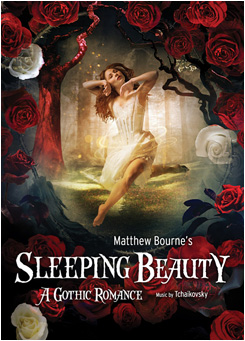 Matthew Bourne’s Sleeping Beauty, which completed his Tchaikovsky trilogy of the composer’s ballet masterworks, is preparing for a run in New York City in autumn following a hugely successful London season and UK tour. The trio began in 1992 with Nutcracker!, continuing in 1995 with his international hit Swan Lake.
Matthew Bourne’s Sleeping Beauty, which completed his Tchaikovsky trilogy of the composer’s ballet masterworks, is preparing for a run in New York City in autumn following a hugely successful London season and UK tour. The trio began in 1992 with Nutcracker!, continuing in 1995 with his international hit Swan Lake.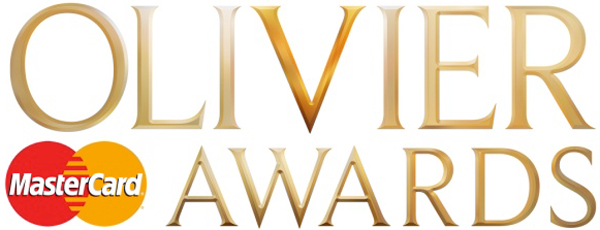
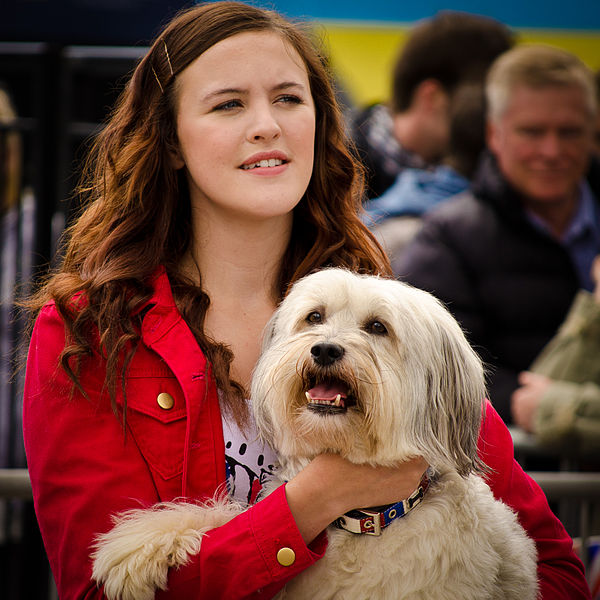 The loveable, fluffy winner of the 2012 series of Britain’s Got Talent has certainly been busy since he danced away from the hit talent show crowned the winner alongside his owner Ashleigh Butler. In December of last year Pudsey, a border collie, bichon frise and Chinese crested cross, brought the house down in a dazzling Bond inspired finale at the Royal Variety Performance, performed before Her Majesty the Queen and the Duke of Edinburgh.
The loveable, fluffy winner of the 2012 series of Britain’s Got Talent has certainly been busy since he danced away from the hit talent show crowned the winner alongside his owner Ashleigh Butler. In December of last year Pudsey, a border collie, bichon frise and Chinese crested cross, brought the house down in a dazzling Bond inspired finale at the Royal Variety Performance, performed before Her Majesty the Queen and the Duke of Edinburgh.